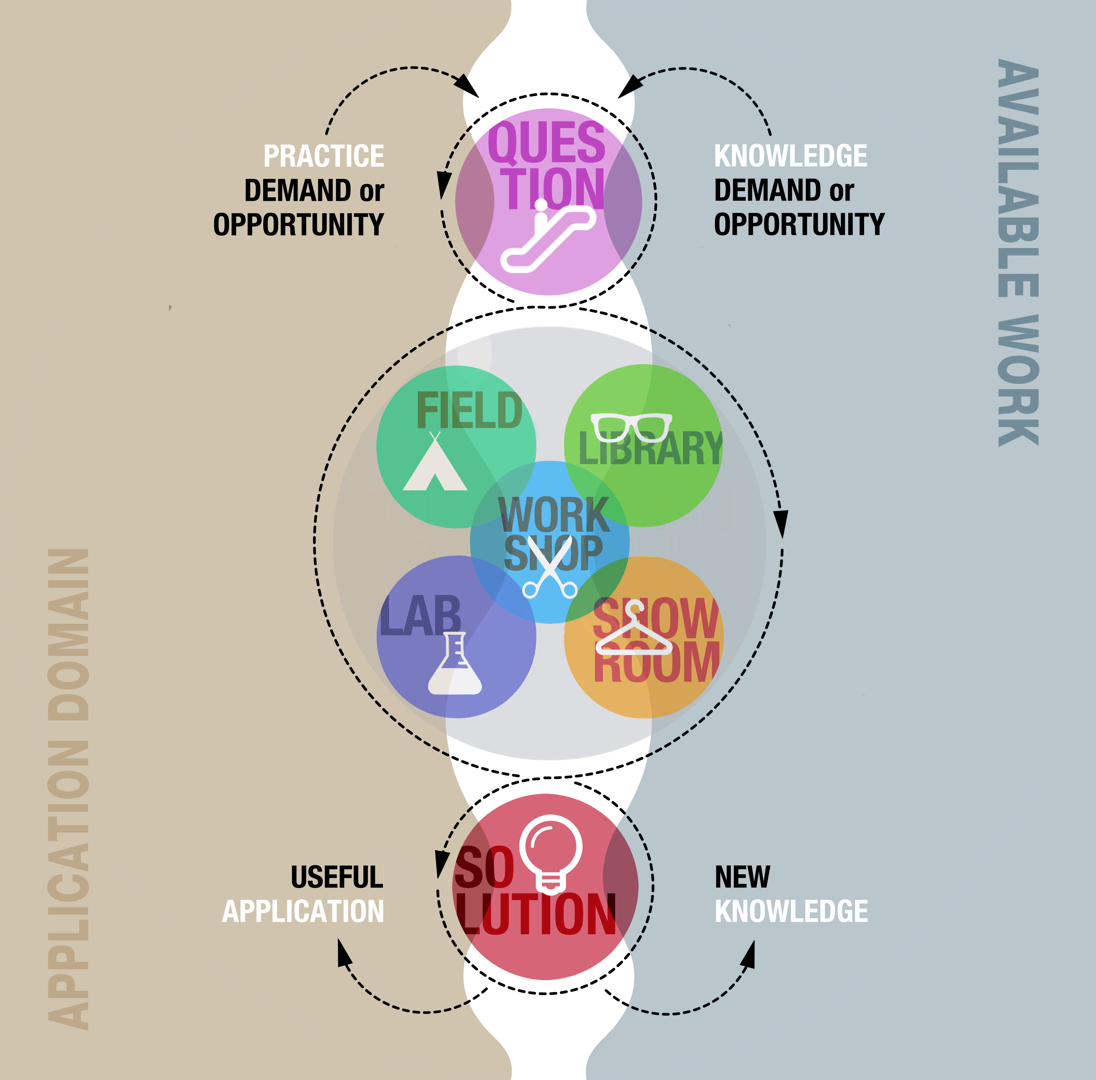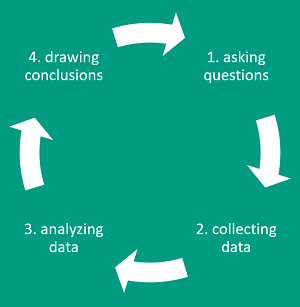Het arrangement 1.1.2 Doing research with the research cycle is gemaakt met Wikiwijs van Kennisnet. Wikiwijs is hét onderwijsplatform waar je leermiddelen zoekt, maakt en deelt.
- Auteur
- Laatst gewijzigd
- 02-09-2020 00:04:03
- Licentie
-
Dit lesmateriaal is gepubliceerd onder de Creative Commons Naamsvermelding 4.0 Internationale licentie. Dit houdt in dat je onder de voorwaarde van naamsvermelding vrij bent om:
- het werk te delen - te kopiëren, te verspreiden en door te geven via elk medium of bestandsformaat
- het werk te bewerken - te remixen, te veranderen en afgeleide werken te maken
- voor alle doeleinden, inclusief commerciële doeleinden.
Meer informatie over de CC Naamsvermelding 4.0 Internationale licentie.
Aanvullende informatie over dit lesmateriaal
Van dit lesmateriaal is de volgende aanvullende informatie beschikbaar:
- Toelichting
- When finding an answer requires more than "just Googling" and clicking on the top answer, you will have to conduct an investigation to arrive at a correct answer. In this building block you will learn what conducting research actually is (not just for scientists!), You will be introduced to the research cycle, use it to determine an approach for your research (at question level) and to reflect critically. This is a HBO-ICT building block for Research in Education.
- Leerniveau
- HBO - Bachelor;
- Eindgebruiker
- leerling/student
- Moeilijkheidsgraad
- gemiddeld
- Studiebelasting
- 2 uur 0 minuten
- Trefwoorden
- bouwsteen, hbo ict oio, onderzoek, onderzoek doen, onderzoekscyclus
Gebruikte Wikiwijs Arrangementen
Saxion HBO-ICT. (2020).
1.1.2 Onderzoek doen met de onderzoekscyclus
https://maken.wikiwijs.nl/156084/1_1_2_Onderzoek_doen_met_de_onderzoekscyclus




 When you do research, you go through a simple cycle from question to answer, which in turn can lead to new questions.
When you do research, you go through a simple cycle from question to answer, which in turn can lead to new questions.